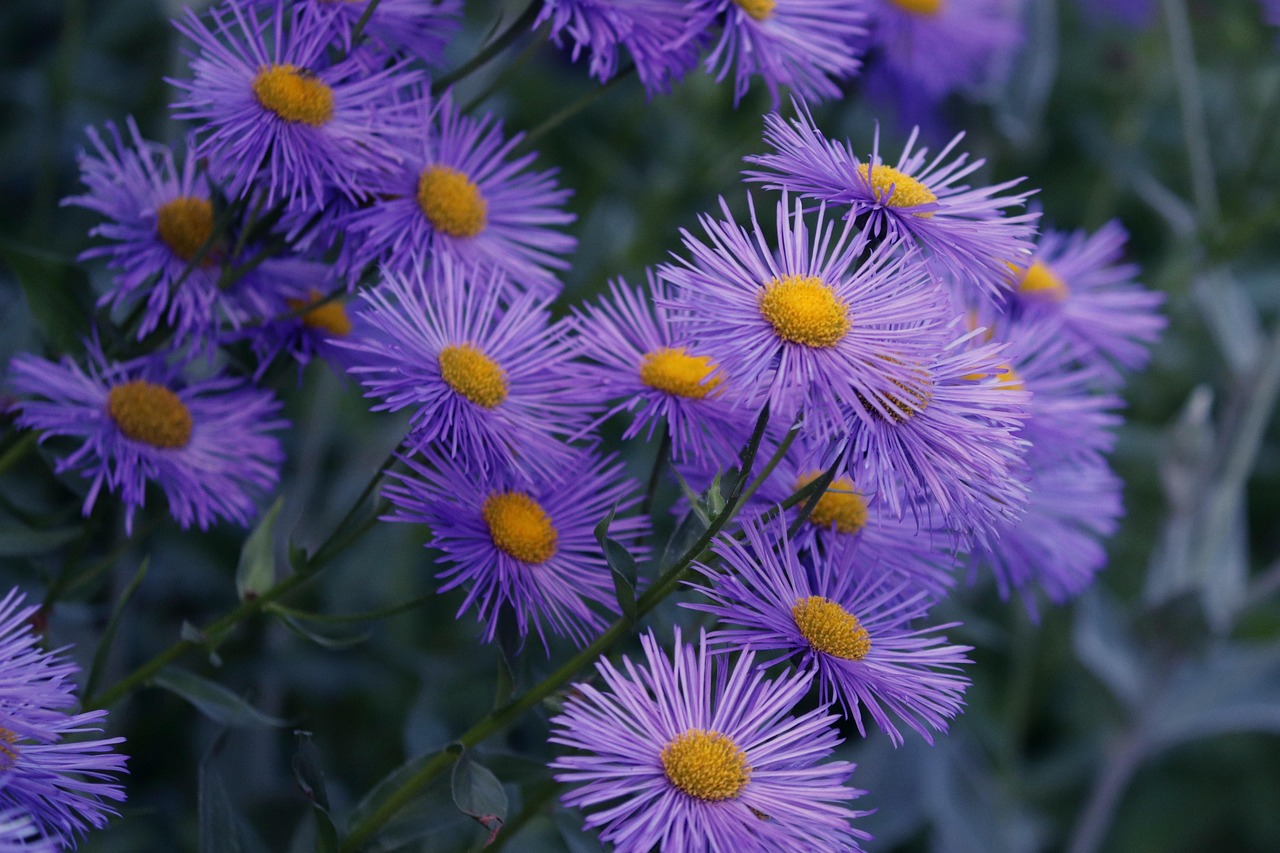Growing your own food and flowers is a deeply rewarding experience, connecting you with nature and providing fresh, healthy produce and beautiful blooms. A fantastic way to cultivate a thriving garden, regardless of space or soil quality, is by using garden beds. These versatile structures offer a multitude of benefits, making gardening accessible and enjoyable for everyone, from beginners to seasoned pros. This comprehensive guide explores everything you need to know about garden beds, from choosing the right type to building and maintaining them for years of bountiful harvests.
Benefits of Using Garden Beds
Improved Soil Quality
One of the most significant advantages of garden beds is the ability to control the soil composition. Whether you’re dealing with rocky, compacted clay or infertile sandy soil, garden beds allow you to create the perfect growing medium.
- Custom Soil Mix: You can tailor the soil mix to the specific needs of your plants. For example, leafy greens thrive in soil rich in nitrogen, while tomatoes prefer a blend with good drainage.
- Reduced Compaction: By avoiding treading on the soil, you minimize compaction, promoting better aeration and root growth.
- Better Drainage: Elevated garden beds typically offer improved drainage compared to in-ground gardens, reducing the risk of root rot.
Example: Imagine you want to grow blueberries, which require acidic soil. Instead of trying to amend an entire in-ground garden, you can create an acidic environment specifically for your blueberry plants in a raised bed using peat moss and other acidic soil amendments.
Enhanced Accessibility and Ergonomics
Garden beds can be designed to make gardening more accessible and comfortable, especially for individuals with mobility issues or back pain.
- Reduced Bending and Kneeling: Raised beds elevate the growing surface, minimizing strain on your back and knees.
- Wheelchair Accessibility: Specifically designed raised beds can be built to accommodate wheelchairs, allowing everyone to participate in gardening.
- Improved Organization: Garden beds help to delineate different plant varieties, making it easier to manage and maintain your garden.
Example: Elevated raised beds built to a height of 30-36 inches are ideal for individuals who prefer to garden while standing or sitting on a stool. These beds significantly reduce the need to bend over, making gardening more enjoyable and sustainable over time.
Pest and Weed Control
Garden beds provide a degree of protection from soil-borne pests and make weed control significantly easier.
- Barriers to Pests: Raised beds can be lined with mesh or wire to prevent burrowing pests like gophers or voles from accessing your plants.
- Weed Management: Starting with weed-free soil in your garden bed minimizes weed problems. The defined edges also make it easier to identify and remove any weeds that do appear.
- Controlled Environment: Enclosed garden beds, like those with netting or greenhouses, provide an even greater level of pest protection.
Example: Installing hardware cloth on the bottom of a raised bed before adding soil can effectively prevent gophers from tunneling up and destroying your plants. Regularly inspecting the bed and hand-pulling any weeds will also help maintain a weed-free environment.
Types of Garden Beds
Raised Beds
Raised beds are the most common type of garden bed, constructed from various materials and elevated above ground level.
- Materials: Common materials include wood (cedar, redwood, pine), stone, concrete blocks, metal, and recycled materials.
- Construction: Raised beds can be built from scratch or purchased as kits. Consider the size and shape of your desired garden when choosing a design.
- Drainage: Ensure proper drainage by using a well-draining soil mix and potentially adding gravel or other drainage material at the bottom of the bed.
Example: A simple raised bed can be constructed from untreated cedar planks, joined together with screws. Cedar is naturally rot-resistant and a good choice for long-term durability. Dimensions of 4 feet by 8 feet are a popular and manageable size.
Container Gardens
Container gardens are ideal for small spaces, patios, or balconies. They offer portability and versatility.
- Types of Containers: Choose from a wide variety of pots, planters, troughs, and hanging baskets made from plastic, terracotta, ceramic, or metal.
- Potting Mix: Use a high-quality potting mix specifically formulated for containers, ensuring good drainage and nutrient retention.
- Plant Selection: Consider the size of the container and the mature size of the plants you intend to grow. Dwarf varieties and compact plants are often best suited for containers.
Example: Growing herbs in a collection of terracotta pots on a sunny patio is a great way to have fresh herbs readily available for cooking. Basil, mint, and oregano are well-suited for container gardening.
Vertical Gardens
Vertical gardens maximize space by growing plants upwards. They are perfect for small urban gardens or adding visual interest to walls and fences.
- Types of Vertical Gardens: Options include wall-mounted planters, hanging pockets, stacked planters, and repurposed pallets.
- Watering: Vertical gardens tend to dry out quickly, so regular watering is essential. Consider using a drip irrigation system for efficient watering.
- Plant Selection: Choose plants that thrive in vertical conditions, such as strawberries, herbs, succulents, and trailing flowers.
Example: An old wooden pallet can be repurposed into a vertical herb garden by attaching fabric or plastic pockets to the slats and filling them with potting mix. This creates an attractive and functional display on a balcony or patio.
Building Your Own Garden Bed
Planning and Design
Before you start building, carefully plan the size, location, and materials for your garden bed.
- Location: Choose a sunny location with at least 6-8 hours of direct sunlight per day.
- Size and Shape: Consider the space available and the plants you want to grow. A common size for a raised bed is 4 feet by 8 feet, which allows for easy access from all sides.
- Materials: Select durable and weather-resistant materials. Untreated cedar, redwood, and composite lumber are good options.
Example: When planning your garden bed’s location, observe how sunlight moves across your yard throughout the day to identify the sunniest spot. Avoid areas shaded by trees or buildings.
Construction Steps
Building a raised bed typically involves cutting the materials to size, assembling the frame, and lining the bed (optional).
- Cut the Materials: Cut the wood (or other chosen material) to the desired lengths using a saw.
- Assemble the Frame: Attach the sides of the frame together using screws or nails. Use corner braces for added stability.
- Line the Bed (Optional): Line the inside of the bed with landscape fabric or plastic to prevent soil from leaching out and to protect the wood from moisture.
- Add Soil: Fill the bed with a well-draining soil mix, such as a blend of topsoil, compost, and peat moss or coconut coir.
Example: To build a basic 4ft x 8ft raised bed from cedar, you’ll need two 8ft boards and two 4ft boards. Cut the boards to size, assemble the frame with screws, and optionally line the inside with landscape fabric before filling it with a quality soil mix.
Soil Preparation
Preparing the soil is crucial for the success of your garden bed. Aim for a well-draining, nutrient-rich soil mix.
- Soil Mix: A good soil mix typically consists of topsoil, compost, and peat moss or coconut coir. Adjust the proportions based on the needs of your plants.
- Amendments: Incorporate organic amendments like compost, aged manure, or worm castings to improve soil fertility and drainage.
- Testing: Test your soil’s pH level and nutrient content to determine if any further amendments are needed. A pH of 6.0-7.0 is generally ideal for most garden plants.
Example: A simple soil mix for a raised bed could be 1/3 topsoil, 1/3 compost, and 1/3 peat moss. For vegetables, add a slow-release organic fertilizer to provide essential nutrients throughout the growing season. You can purchase pre-mixed soil blends formulated specifically for raised beds at most garden centers.
Maintaining Your Garden Bed
Watering and Irrigation
Proper watering is essential for healthy plant growth. Monitor soil moisture and adjust your watering schedule accordingly.
- Watering Frequency: Water deeply and less frequently, allowing the soil to dry slightly between waterings.
- Watering Methods: Use a watering can, hose, or drip irrigation system to deliver water directly to the soil, avoiding wetting the foliage (which can promote fungal diseases).
- Mulching: Apply a layer of mulch around your plants to help retain moisture, suppress weeds, and regulate soil temperature.
Example: During hot, dry weather, you may need to water your garden bed daily. In cooler, wetter weather, watering may only be necessary every few days. Use a soil moisture meter to check the moisture level at root depth to ensure you’re not over- or under-watering.
Fertilizing and Nutrient Management
Regular fertilization is necessary to replenish nutrients in the soil and support healthy plant growth.
- Fertilizer Types: Use organic fertilizers such as compost, worm castings, fish emulsion, or bone meal.
- Fertilizer Application: Apply fertilizer according to the package directions, typically every few weeks during the growing season.
- Soil Testing: Conduct regular soil tests to monitor nutrient levels and adjust your fertilization plan accordingly.
Example: Side-dressing your plants with compost or worm castings every few weeks can provide a slow-release source of nutrients. Foliar feeding with fish emulsion can also provide a quick boost of nutrients.
Pest and Weed Control
Regularly inspect your garden bed for pests and weeds and take appropriate action to control them.
- Pest Control: Use organic pest control methods such as hand-picking, insecticidal soap, neem oil, or beneficial insects.
- Weed Control: Hand-pull weeds regularly before they go to seed. Mulching can also help to suppress weed growth.
- Crop Rotation: Practice crop rotation to prevent soil-borne diseases and pests from building up in your garden bed.
Example: Regularly inspect your plants for pests such as aphids or cabbage worms. Hand-picking the pests or spraying them with insecticidal soap can effectively control infestations. Mulching with straw or wood chips can help prevent weed seeds from germinating.
Conclusion
Garden beds offer a fantastic way to enhance your gardening experience, regardless of your space limitations or soil conditions. By understanding the benefits of garden beds, choosing the right type for your needs, and following proper building and maintenance practices, you can create a thriving garden that provides fresh produce and beautiful flowers for years to come. Embrace the joy of gardening and transform your outdoor space with the versatility and efficiency of garden beds!



